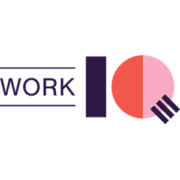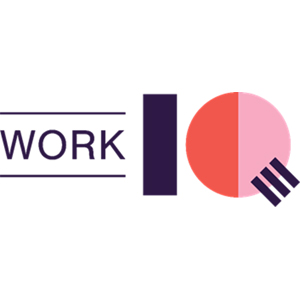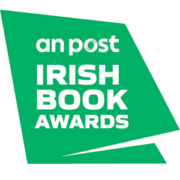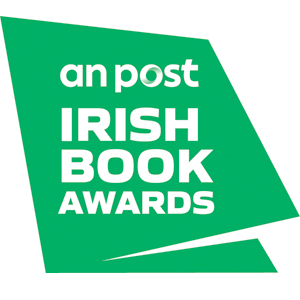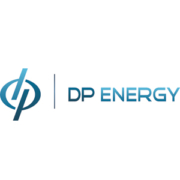Christmas FM’s annual ‘Donation Day’ takes place TOMORROW to raise funds for ‘The Magic of Christmas’ appeal

- The Magic of Christmas appeal raises funds for Barnardos, Barretstown, Make-A-Wish Ireland and a range of children’s charities making a difference in communities through Community Foundation Ireland
- Christmas FM is asking you to help Give the Gift of Childhood to 5,000 children who need it most
Christmas FM, the much-loved festive music station that raises funds for charity and Switches Christmas On across Ireland every year, will be running its annual Donation Day tomorrow to raise funds for The Magic of Christmas appeal. The Magic of Christmas appeal is a not-for-profit fundraising initiative that raises funds for Barnardos, Barretstown, Make-A-Wish Ireland and a range of children’s charities around Ireland making a difference in local communities through Community Foundation Ireland.
During the 12 hour long festive radiothon from 7am – 7pm on Wednesday, 20th December, Christmas FM will be asking you to help Give the Gift of Childhood to 5,000 children who need it most, because every child deserves Magic at Christmas. Donations can be made through www.christmasfm.com or by calling 0818 911 977.
Nearly 100 national schools across the island of Ireland have signed up to take part in Donation Day by making or wearing a Christmas hat in their school to raise funds for The Magic of Christmas appeal.
Last year, The Magic of Christmas appeal raised almost €300,000 for the charities and the fundraising initiative is hoping to raise over €1,000,000 between 2022 – 2024 for Ireland’s Children’s charities and to maximise the impact of the funds raised by helping more children in need.
Here’s an example of what a listener’s donation can do:
- €50 will provide one hour of vital medical care in the ‘Med Shed’ for a child who is sick at Barretstown
- €100 could help a child be warm again by providing a ‘Winter Warmer’ pack with a waterproof coat, hat, gloves and scarf
- €200 can help towards the granting of a wish for a seriously-ill child in your community, to make a lasting difference to their quality of life and well-being
The funds raised will go directly towards helping vulnerable children in our communities affected by traumatic life events such as poverty, abuse, neglect and bereavement, and to supporting children whose lives are affected by serious childhood illness. By donating to The Magic of Christmas, you will….
Give the Gift of Childhood to 5,000 children who need it most, because every
child deserves Magic at Christmas.
Paul Shepherd, Co-Founder of Christmas FM, says: “This is our 16th year Switching Christmas On across Ireland. Since our launch in 2008, we have raised over €3 million for a range of charities nationwide which is a massive milestone for us, and we will continue to raise funds with the generous help and support of our listeners and fans. Although we have been fundraising throughout the festive season and will continue to do so while we are on FM, Donation Day is one of the most important days for us as it will help us raise as much as possible for The Magic of Christmas appeal. We’re encouraging everyone to tune in, donate and get involved!”
Commenting on Donation Day, the charity partners jointly said: “We would like to thank The Magic of Christmas appeal for working with us as the official charity partners again this year. The funds raised last year made a huge difference to many children nationwide and we’re really looking forward to Donation Day this year on Wednesday, 20th December. We hope that Christmas FM listeners will once again support us and donate anything they can to help transform the lives of children in communities across Ireland. With the support of listeners, we really can make a difference and Give the Gift of Childhood to those who need it most, because every child deserves Magic at Christmas.”
The station is presented on air each year by up to 100 volunteers who devote hundreds of hours of their time assisted by a core management team. Meanwhile, the costs of running Christmas FM are covered by various sponsors, ensuring listener donations go directly to the fundraising initiative. This year the station’s premier FM sponsors are Coca Cola, An Post and Cadbury. Extra.ie is also the official media partner of The Magic of Christmas appeal.
Christmas FM is broadcasting from The Clayton Hotel, Liffey Valley who have kindly donated their studio space again this year.
The main FM radio frequencies for Christmas FM are:
- Cavan 92.8 FM
- Clare 105.2 FM
- Cork City, Part County 106.7 FM
- Cork North, Part County 87.7 FM
- Drogheda & Dundalk 104.2 FM
- Dublin City & County 105.2 FM
- Galway City 87.9 FM
- Kildare North 88.1 FM
- Kilkenny City 104.3 FM
- Letterkenny 106.2 FM
- Limerick City 105.5 FM
- Longford 99.8 FM
- Sligo Town 95.0 FM
- South East 103.8 FM
- Tralee/Killarney 105.0 FM
- Waterford City 105.9 FM
- Wicklow – Bray area 99.5 FM
- Wicklow – Wicklow Town 106.6 FM
Christmas FM is also broadcast on Virgin Media Channel 900. Find out all the ways to listen at https://christmasfm.com/listenin/
Listen on FM or just log on to www.christmasfm.ie or listen on the app, your smart speaker or connected device at any time of the day to hear your favourite Christmas hits.
Christmas FM is available online at:
You can follow the station on social at:
@christmasfm
Christmas FM – Bringing You the Magic of Christmas
You can follow The Magic of Christmas on social at:
@supportthemagic


